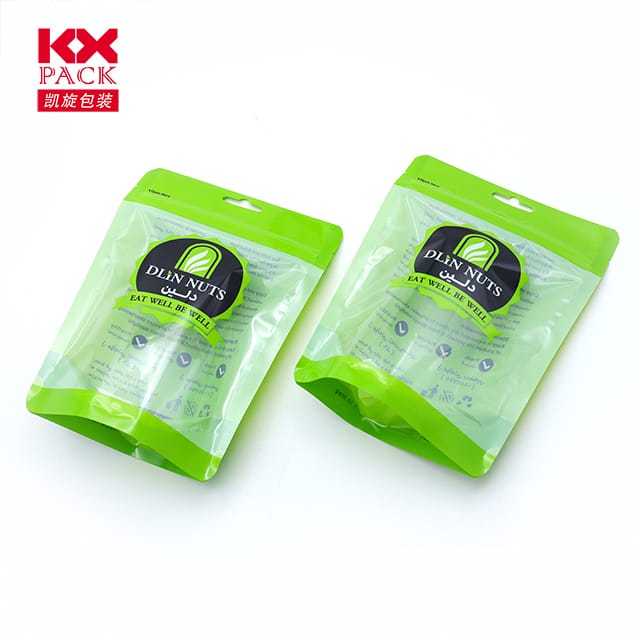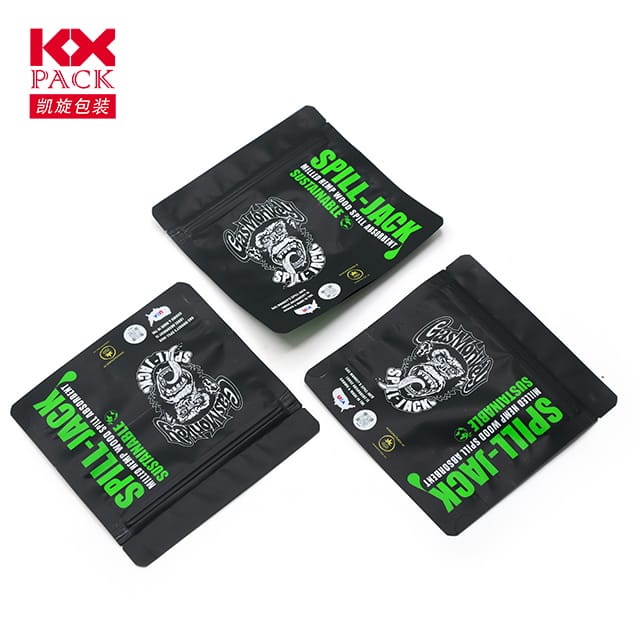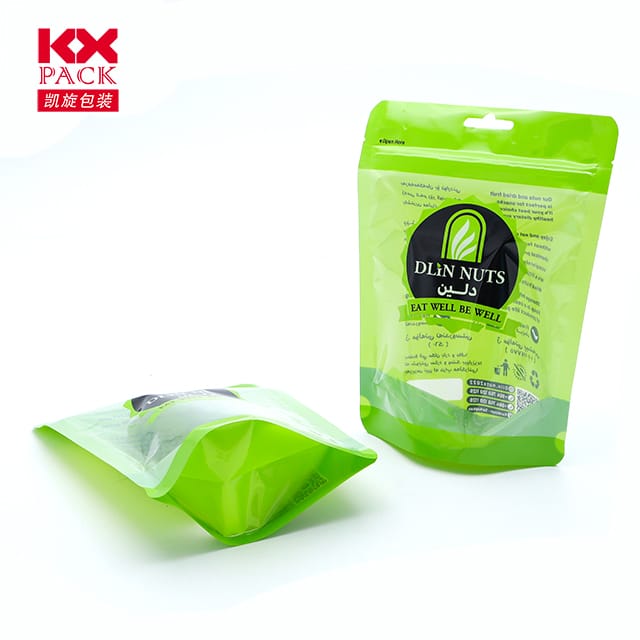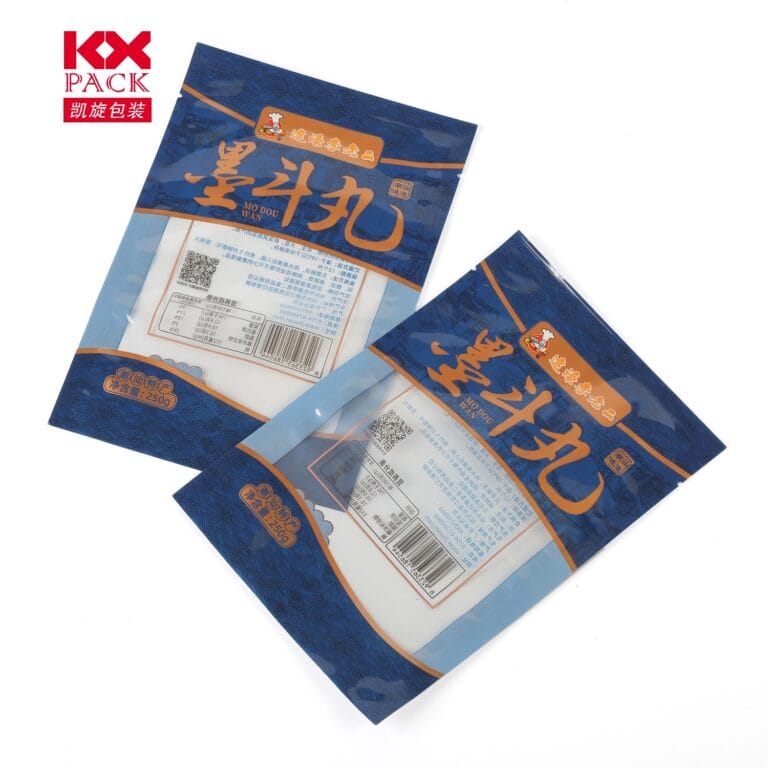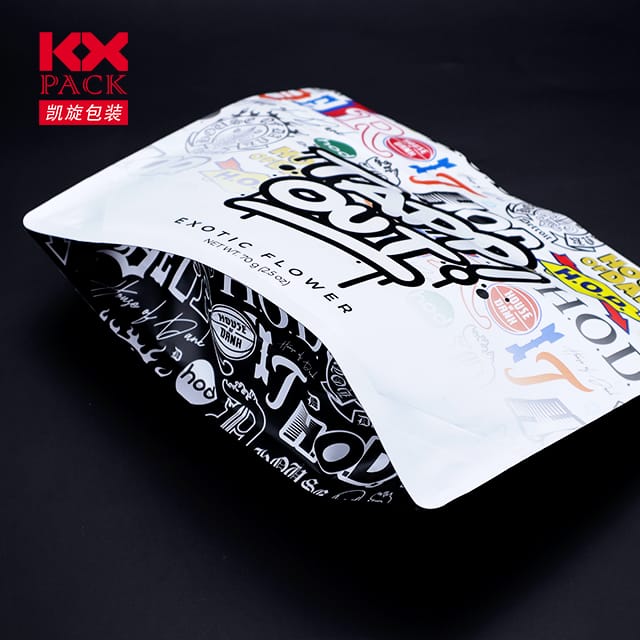تطور وتأثير الأفلام المرنة في عبوات الأغذية: ثورة مستدامة (3)
أفلام مرنة
في عالم اليوم سريع الخطى, لم تعد عبوات الأغذية حول الاحتواء - إنها علم يوازن بين الحفاظ على, راحة, والاستدامة. من بين الابتكارات التي تقود هذا التحول, flexible films have emerged as a game-changer in food packaging. خفيف الوزن, متنوع القدرات, وقابلة للتكيف, هذه المواد تعيد تشكيل كيف نحمي, ينقل, وتستهلك الطعام. Let’s dive into why flexible films are revolutionizing the industry and what their future holds.
What Are Flexible Films?
Flexible films are thin, pliable materials made from polymers like polyethylene (PE), البولي بروبيلين (ص), البوليستر (حيوان أليف), and biodegradable alternatives such as PLA (حمض بولييلاكتيك). These films can be laminated, coated, or printed to create packaging solutions tailored for specific food products—from snacks and fresh produce to frozen meals and beverages.
Their key advantages? Lightweight construction reduces shipping emissions, customizable barrier properties extend shelf life, وflexibility allows for efficient use of space in packaging designs.
Why Are Flexible Films Dominating Food Packaging?
- Enhanced Shelf Life
Flexible films can be engineered with oxygen, رُطُوبَة, and light barriers to prevent spoilage. على سبيل المثال, high-barrier laminates keep coffee fresh, while modified atmosphere packaging (رسم خريطة) films extend the shelf life of meat and cheese. - Sustainability Gains
Traditional rigid packaging often uses more material and generates higher waste. Flexible films, by contrast, require fewer resources to produce and transport. بالإضافة إلى ذلك, advancements in recyclable and compostable films (على سبيل المثال, bio-based PLA or mono-material PE structures) are reducing plastic pollution. - راحة & ابتكار
Resealable zippers, easy-tear openings, and stand-up pouches make flexible packaging consumer-friendly. Brands like snack companies and ready-meal producers leverage these features to enhance user experience. - كفاءة التكلفة
Lighter materials mean lower shipping costs, and the ability to form-fill-seal (جبهة القوى الاشتراكية) on high-speed machinery boosts production efficiency.
التحديات & الطريق إلى الأمام
على الرغم من فوائدها, flexible films face hurdles:
- Recyclability Complexity: صفحات متعددة الطبقة (على سبيل المثال, بيت / آل / بي) are hard to recycle.
- تصور المستهلك: Some still associate plastics with waste, even if innovations like chemical recycling or compostable films exist.
حلول في الأفق:
- الهياكل الأحادية المادية: Using a single polymer type (على سبيل المثال, أكياس PE بالكامل) improves recyclability.
- أفلام قابلة للتحلل: مصنوع من الموارد المتجددة, these break down naturally, though scalability remains a challenge.
- العبوة الذكية: Integrating sensors or QR codes into films to track freshness and reduce waste.
The Future is Flexible
The global flexible packaging market is projected to reach$250 مليار من قبل 2028, driven by e-commerce growth and sustainability mandates. Brands are increasingly prioritizingcircular design—creating packaging that’s recyclable, قابل لإعادة الاستخدام, or compostable by design.
As consumers demand eco-friendly options without sacrificing convenience, flexible films will play a pivotal role in bridging the gap. الحدود التالية? ابتكارات مثلأفلام صالحة للأكل (made from seaweed or starch) أوself-healing materials that further minimize waste.
استنتاج
Flexible films are more than just packaging—they’re a testament to human ingenuity in solving modern challenges. By balancing functionality, الاستدامة, and affordability, they’re not just protecting food but also our planet. كما تقدم التكنولوجيا, one thing is clear: the future of food packaging is flexible, and it’s here to stay.
What’s your take on flexible films? شارك أفكارك في التعليقات أدناه! 🌱🍱
الكلمات الرئيسية: flexible films, تغليف المواد الغذائية, الاستدامة, الحياة الافتراضية, قابل للتحلل, قابلة لإعادة التدوير, الاقتصاد الدائري

